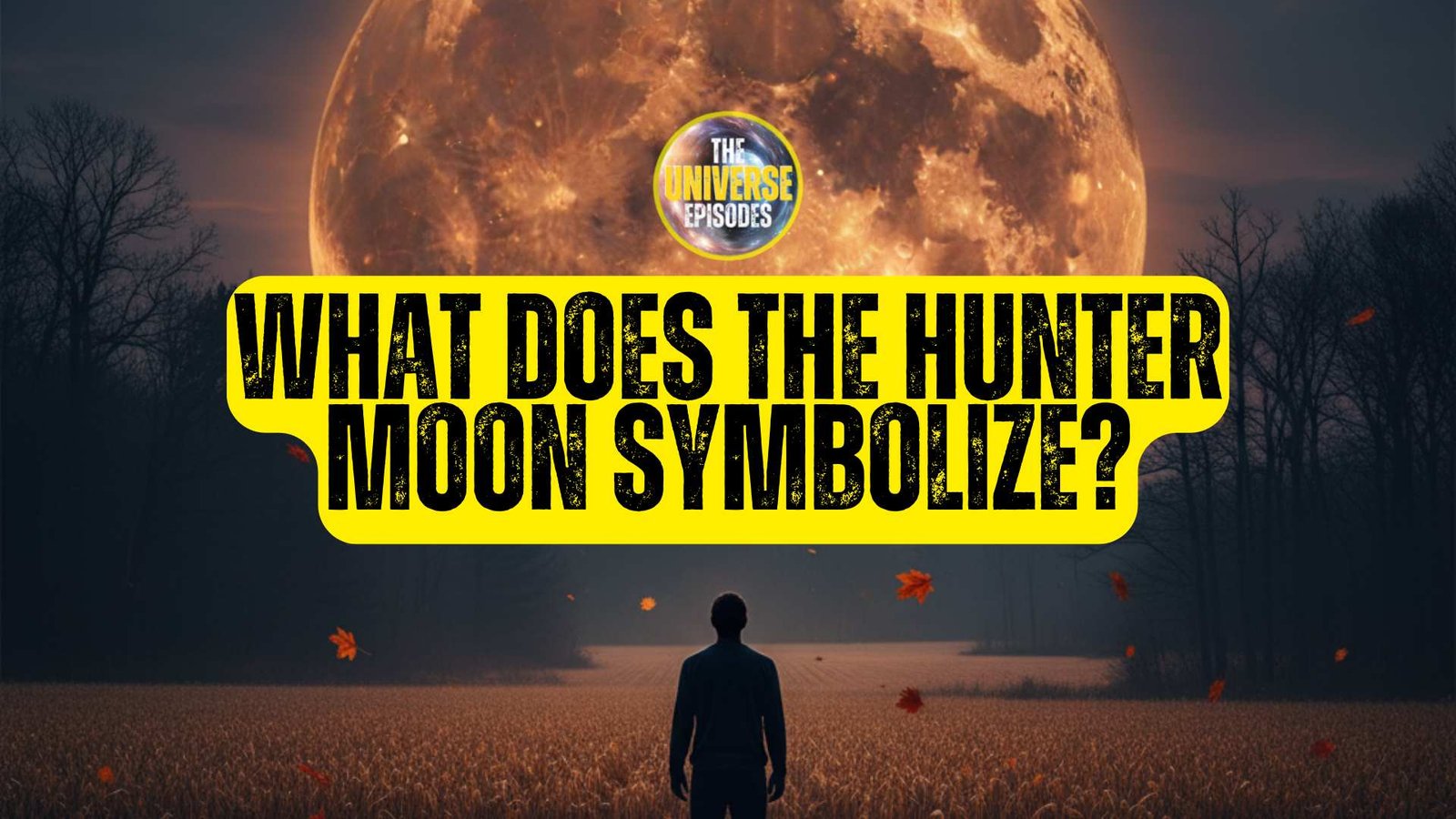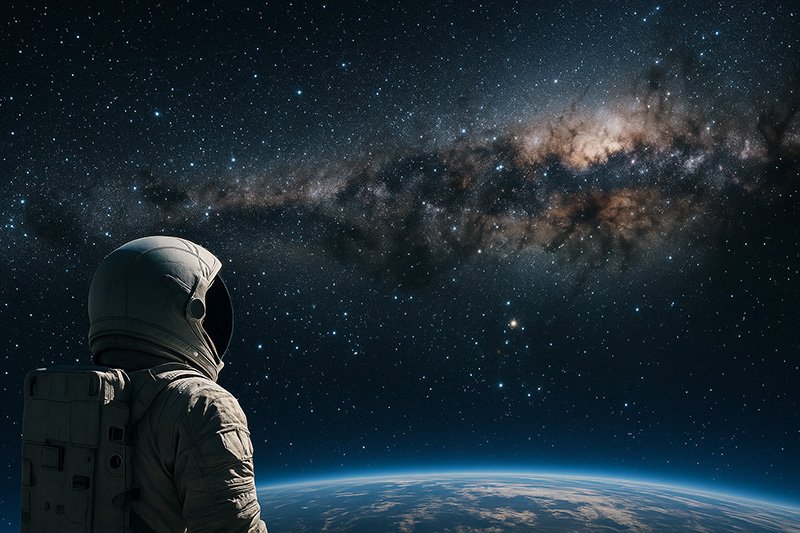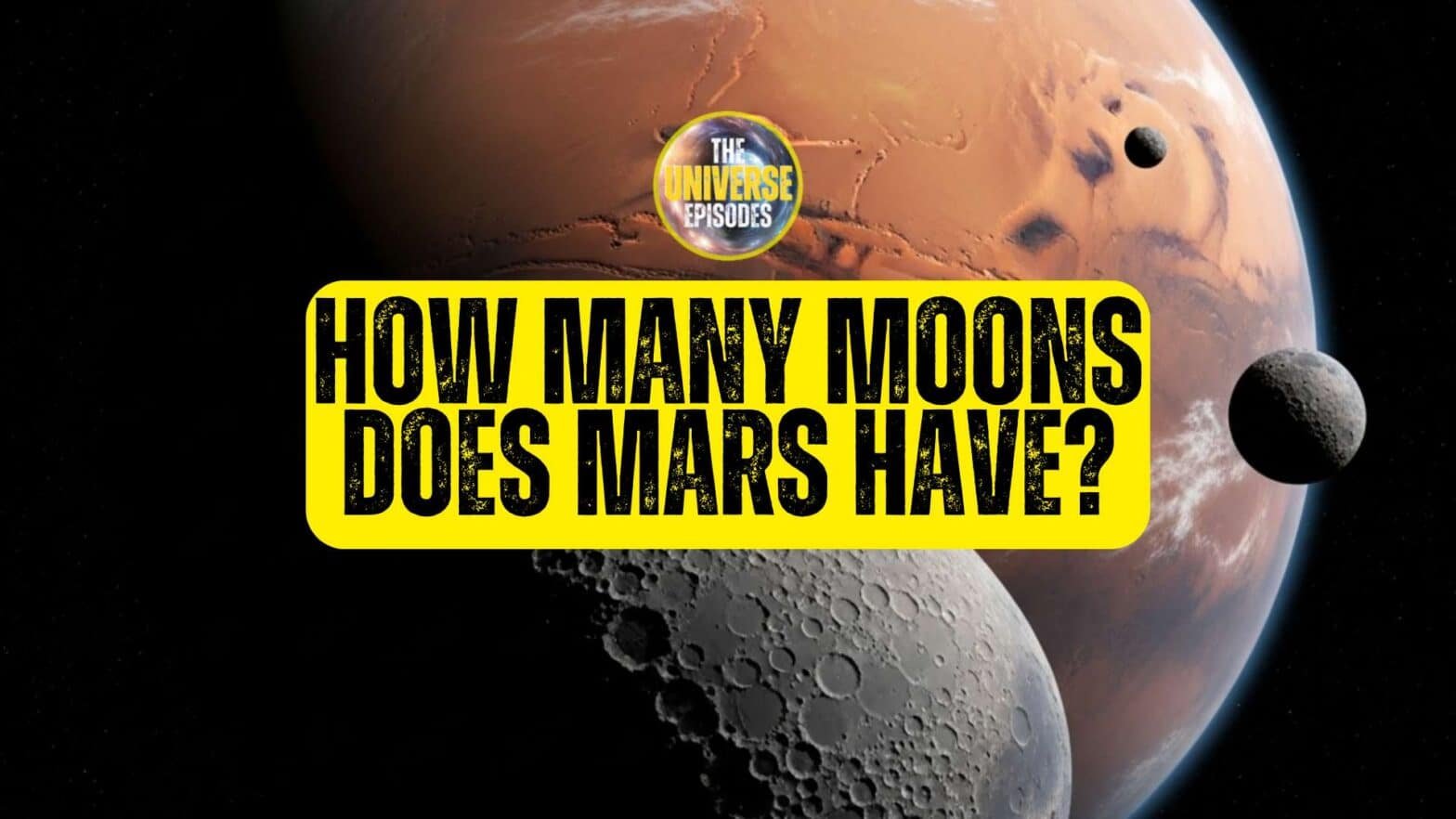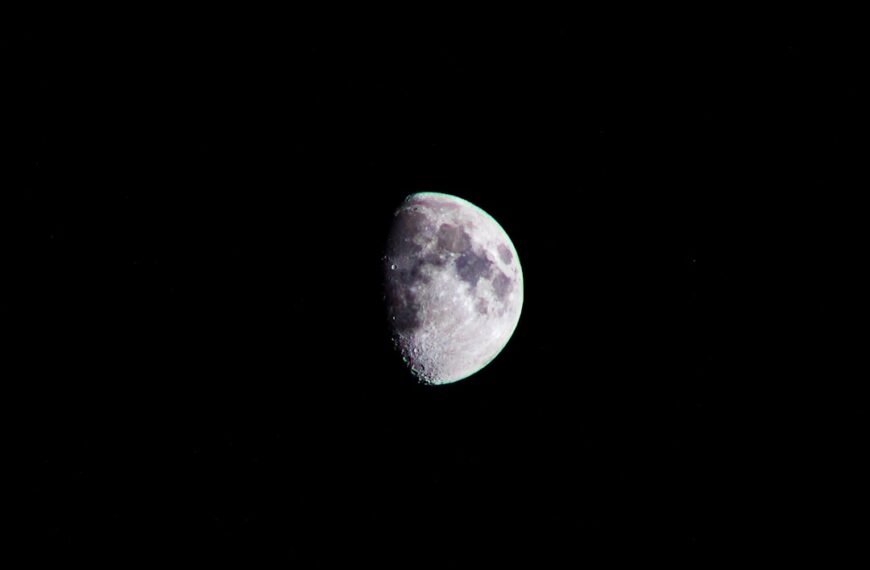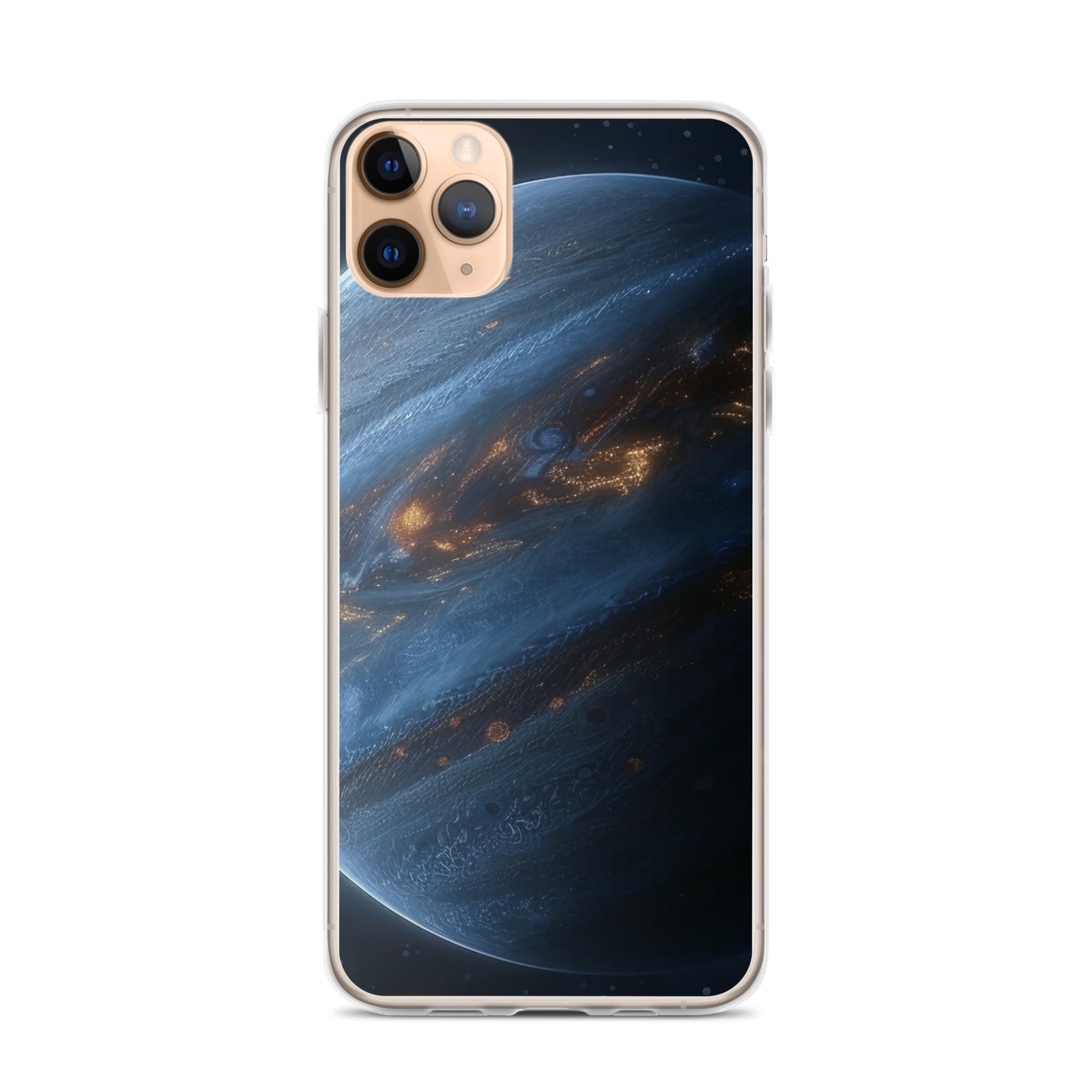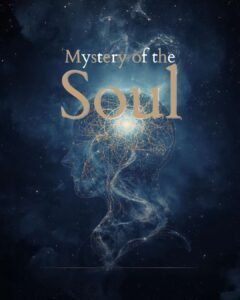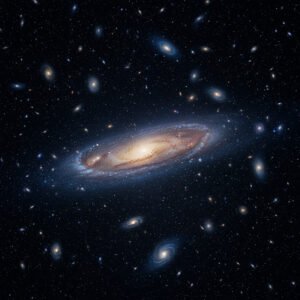What does the Hunter’s Moon symbolize? Discover the deep spiritual meaning, history, and powerful rituals of the October full moon to manifest transformation.
Listen:
The Hunter’s Moon is the brilliant full moon that follows the Harvest Moon, arriving each year to cast a bright, orange glow over the autumn landscape. It’s more than just a beautiful sight; this celestial event is a powerful symbol steeped in history, culture, and deep spiritual meaning. For centuries, it has marked a critical transition from abundance to scarcity, serving as a cosmic signal to prepare for the winter ahead.
This guide explores the rich symbolism of the Hunter’s Moon. We will cover its unique astronomical properties, its historical roots across different cultures, and its potent role in modern spiritual practices like witchcraft and astrology. Get ready to uncover the secrets of this mesmerizing lunar event.
Key Takeaways
- A Time for Preparation: The Hunter’s Moon is a powerful symbol of preparation and action. Historically, its bright light allowed hunters to gather resources for winter, and spiritually, it encourages us to gather our own strengths for the challenges ahead.
- Transformation and Release: Coinciding with falling leaves, this moon symbolizes letting go of what no longer serves you. It’s the perfect time for rituals focused on releasing old habits, negative patterns, and emotional baggage.
- Clarity and Focus: The extended moonlight represents spiritual clarity and heightened intuition. This energy supports an “internal hunt” for self-awareness, helping you focus on your goals and prepare your spirit for the introspective winter months.
- Cultural Significance: While known as the Hunter’s Moon in Native American and European traditions, it has many names, such as the Falling Leaves Moon (Anishinaabe) and Winterfilleth (Anglo-Saxon), each reflecting its role as a seasonal guide.
- Not a “Blood Moon” Eclipse: The traditional name “Blood Moon” refers to the reddish color of the rising Hunter’s Moon and the hunting season. This is different from the modern term “Blood Moon,” which describes the appearance of the moon during a total lunar eclipse.
What Is the Hunter’s Moon, Exactly?
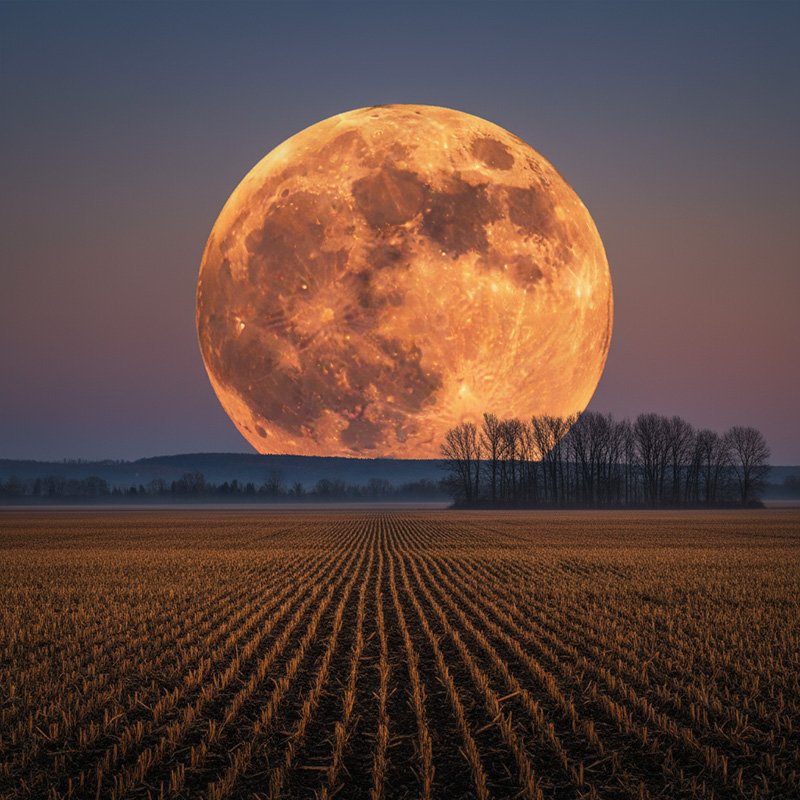
The Hunter’s Moon is defined as the first full moon immediately following the Harvest Moon. The Harvest Moon is the full moon closest to the autumnal equinox, which means the Hunter’s Moon typically rises in October, though it can occasionally appear in early November.
What truly makes it unique is a phenomenon known as the “Hunter’s Moon effect.” For several nights in a row around the full moon, the moonrise occurs only about 30 minutes later each evening, compared to the usual 50-minute delay. This provides an extended period of bright moonlight in the early evening, creating a series of bright, full-looking moonlit nights.
This effect is caused by the angle of the ecliptic—the apparent path of the Sun and Moon across the sky. In the autumn for the Northern Hemisphere, the ecliptic makes a shallow angle with the eastern horizon at sunset. Because the Moon’s orbit follows this path, it moves more horizontally across the sky instead of vertically, shortening the time between subsequent moonrises.
Why Is the Hunter’s Moon So Big and Orange?
When the Hunter’s Moon rises, it often appears unusually large and glows with a distinct orange or reddish hue. This isn’t a property of the moon itself but an atmospheric effect called Rayleigh scattering. It’s the very same principle that gives us vibrant sunrises and sunsets.
When we view the moon low on the horizon, its light must travel through a much thicker layer of Earth’s atmosphere. This dense air scatters the shorter, bluer wavelengths of light while allowing the longer, redder wavelengths to pass through to our eyes. This natural filter creates the moon’s signature mystical and colorful appearance.
What is the Spiritual Meaning of the Hunter’s Moon?
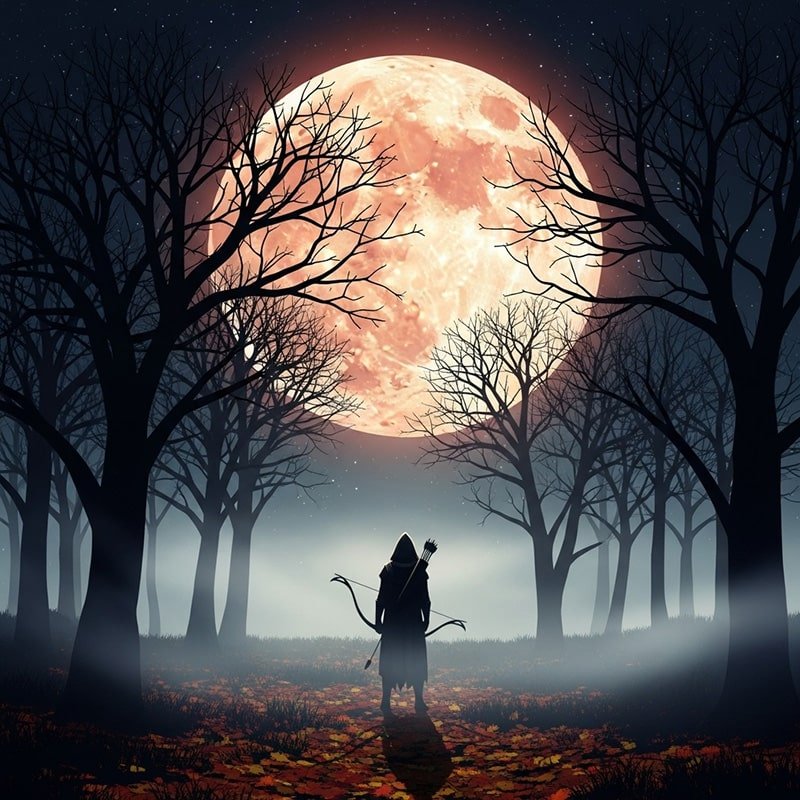
Beyond its practical origins, the Hunter’s Moon is rich with spiritual meaning that transcends time. It represents a pivotal moment of transition, action, and reflection, embodying the natural cycle of life, death, and preparation.
1. Preparation and Abundance
The most direct symbolism of the Hunter’s Moon is preparation. It’s nature’s final call to action before winter arrives. Just as our ancestors hunted to stock their larders, this moon encourages a modern harvest of our accomplishments, strengths, and resources, urging us to fortify ourselves for the quiet months ahead.
2. Transformation and Letting Go
As this moon coincides with the shedding of leaves, it powerfully symbolizes transformation and release. It is a spiritually supercharged time for introspection and for letting go of what no longer serves us—be it emotional baggage, outdated goals, or unhealthy attachments. It invites us to embrace the natural cycle of death and rebirth.
3. Focus, Clarity, and Guidance
The brilliant light of the Hunter’s Moon, which once guided hunters through bare fields, spiritually represents clarity, focus, and intuition. In a modern context, this translates to an “internal hunt”—a time to look inward, take stock of our lives, and gain the clarity needed to navigate our path forward.
4. Community and Connection
Historically, the Hunter’s Moon was a time for communal hunts and gatherings, which strengthened social bonds through shared effort. This highlights the importance of community and connection. It reminds us of the strength found in unity and the value of sharing our personal “bounty” with those around us.
Hunter’s Moon vs. Blood Moon: Clearing Up the Confusion
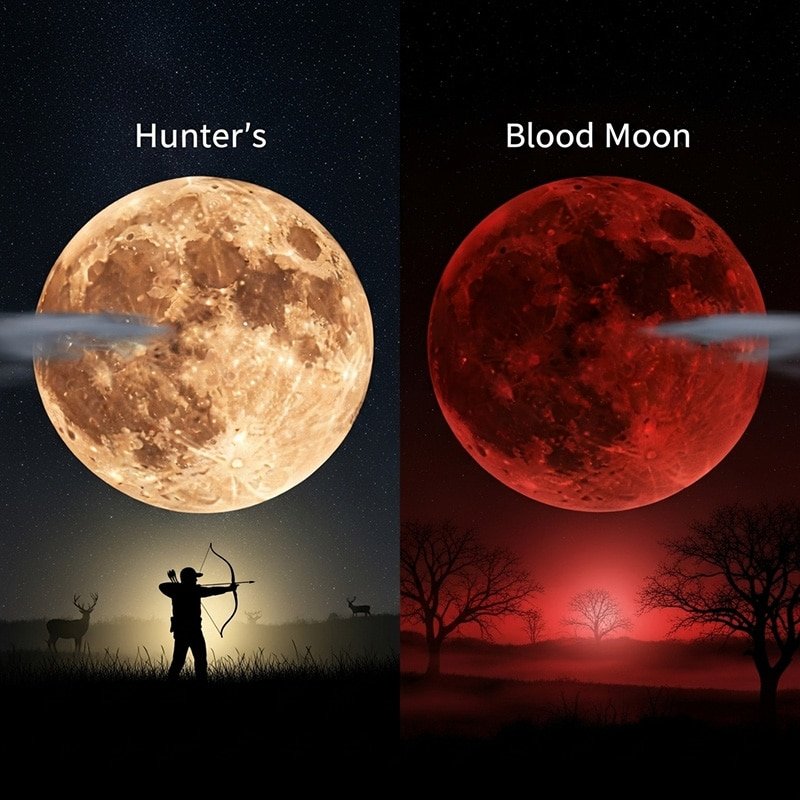
The terms “Hunter’s Moon” and “Blood Moon” are often used together, but they can mean two very different things. Understanding the distinction is key to appreciating its true symbolism.
The traditional name “Blood Moon” or “Sanguine Moon” is another name for the Hunter’s Moon. This name is tied to the season, not a specific astronomical event. It refers to two things: the blood from the animals hunted in preparation for winter and the distinct reddish color of the moon as it rises on the horizon.
However, the modern usage of “Blood Moon” refers to a total lunar eclipse. A lunar eclipse happens when the Earth passes directly between the Sun and the Moon, casting its deep shadow (the umbra) over the lunar surface. The only light that reaches the Moon is first filtered through Earth’s atmosphere, which scatters the blue light and gives the eclipsed moon a coppery, reddish glow.
So, while the Hunter’s Moon is often traditionally called the Blood Moon, a total lunar eclipse Blood Moon can happen at any time of the year and is a completely separate astronomical event.
What Are the Other Names for the Hunter’s Moon?
While “Hunter’s Moon” is the most widely recognized name, its energy of transition and preparation was felt by cultures worldwide. Many Native American and European traditions have their own names for the October full moon that reflect their unique environments and beliefs.
Native American Traditions
- Anishinaabe (Ojibwe): In the Great Lakes region, this moon is called Binaakwe-giizis, the “Falling Leaves Moon.” This name signifies a time for introspection and letting go of what no longer serves a purpose, just as the trees shed their leaves.
- Cherokee: The Cherokee refer to this moon as Duninudi, the “Harvest Moon.” It marks the time for the Nowatequa (“Great Moon Festival”), a celebration of thanksgiving for the year’s bounty and a key part of the Cherokee New Year.
- Lakota (Sioux): On the northern plains, the Lakota call it Canwape Kasna Wi, the “Moon When the Wind Shakes Off Leaves.” This time was focused on preparing for winter by hunting and gathering resources.
- Other Names: The Cree called it the “Migrating Moon” or “Moon the Birds Fly South,” while the Cheyenne knew it as the “Dying Grass Moon,” highlighting its role as a precise seasonal guide.
European Traditions: Celtic and Germanic Lore
The Hunter’s Moon was just as significant in Europe, where it signaled the start of winter and was associated with powerful festivals and myths.
- Celtic Lore: For the ancient Celts, this moon was closely linked to Samhain, the festival marking the end of the harvest and the beginning of the “darker half” of the year. The veil between the physical and spiritual worlds was considered thinnest at this time, and the bright moonlight was believed to illuminate the paths of spirits.
- Germanic and Norse Traditions: The Anglo-Saxons called October Winterfilleth (“winter full moon”), believing its full moon marked the start of winter. The following month was Blodmonath (“Blood Month”), reflecting the practice of slaughtering cattle to preserve meat, a theme that echoes the “Blood Moon” name. This period was also marked by the Vetrnætr (“Winter Nights”) festival, a time of feasts, sacrifices, and ancestor veneration.
- The Wild Hunt: One of the most prominent myths of this season is the Wild Hunt. This ghostly procession of hunters and hounds, led by the god Odin (Wotan), was said to thunder across the stormy autumn sky, often seen as an omen of war or disaster.
How Can You Use the Hunter’s Moon Energy in Rituals?
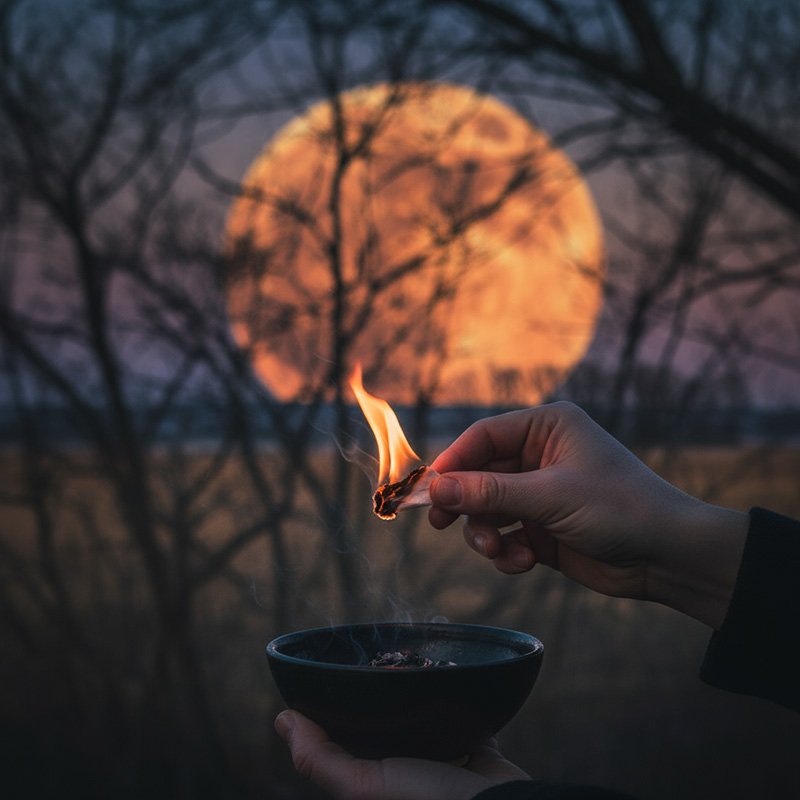
In modern spiritual practices like Witchcraft and Paganism, the Hunter’s Moon is a potent time for magick and introspection. Its energy of focus, preparation, and strength is channeled into rituals centered on personal transformation.
Here are a few ways to connect with its energy:
1. Letting Go and Banishment Rituals
Mirroring nature shedding its leaves, this is the perfect time to release old habits, negative patterns, and emotional baggage.
- Fire Release: Write down what you want to release on a piece of paper and safely burn it in a fire-proof bowl, visualizing the negativity turning to ash.
- Water Release: Use a dissolvable material like a leaf or salt to represent your baggage and release it into a moving body of water like a river or the ocean.
2. Shadow Work and Personal Transformation
The growing darkness of the season encourages an inward journey to confront and integrate your “shadow self”—the hidden parts of your psyche. Use the full moon’s light to illuminate these aspects for healing. Journaling is a powerful tool for this; ask yourself what you have been avoiding and why.
3. Protection and Fortification
With winter approaching, a historically vulnerable time, fortifying your spiritual and physical defenses is a key focus. Create protection charms, spell jars, or simmer pots using protective herbs like rosemary, sage, and clove.
4. Ancestor Veneration
With the veil between worlds thinning near Samhain (Halloween), this is a poignant time to honor and connect with your ancestors. Create an Ancestor Altar with photos, heirlooms, and offerings like food, drink, or flowers to seek their wisdom and guidance.
My Firsthand Experience with a Hunter’s Moon Ritual
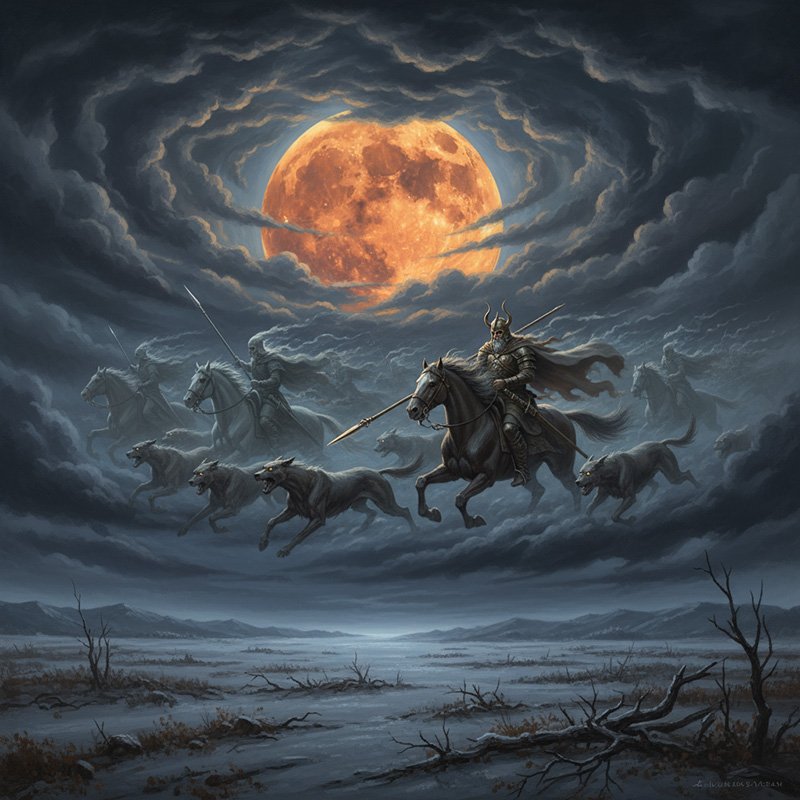
A few years ago, I was feeling stuck in a creative and professional rut. The autumn air felt heavy, and I knew I needed to make a change. As the Hunter’s Moon approached, I decided to perform a letting-go ritual, inspired by the “Falling Leaves Moon” tradition. I gathered a few beautiful, fallen maple leaves from my yard, a pen, and a candle.
That night, under the bright orange glow of the moon, I sat outside and wrote one thing I wanted to release on each leaf: “fear of failure,” “procrastination,” “self-doubt.” As I held each leaf, I meditated on how that specific block was holding me back. One by one, I lit the corner of each leaf from the candle flame and dropped it into a fireproof bowl, watching the words curl into ash. The air was crisp and cool, and the moonlight felt incredibly clarifying.
The ritual itself was simple, but the symbolic act was profound. I felt a palpable sense of release, as if I had shed an old skin. In the weeks that followed, I found a renewed sense of focus and purpose. That experience taught me that the Hunter’s Moon isn’t just a story from the past; its energy of release and clarity is something we can all tap into today.
How Does Astrology Connect to the Hunter’s Moon?
Astrologically, the Hunter’s Moon often falls within the zodiac signs of Aries or Taurus, depending on the year. The sign it falls in can add another layer to its energetic influence.
- An Aries Hunter’s Moon amplifies themes of courage, action, and initiative. This energy resonates perfectly with the “hunter” archetype, encouraging you to boldly pursue your goals and take the first step toward a new beginning.
- A Taurus Hunter’s Moon emphasizes grounding, abundance, and our connection to the physical world. This energy aligns with the final harvest, encouraging you to find security, enjoy the fruits of your labor, and connect with nature.
Frequently Asked Questions (FAQ)
What should you manifest on a Hunter’s Moon?
The Hunter’s Moon is ideal for manifesting clarity, focus, and the strength to release what’s holding you back. Focus your intentions on clearing obstacles from your path and preparing yourself to achieve your long-term goals.
Is the Hunter’s Moon always in October?
Most of the time, yes. Because it is the first full moon after the Harvest Moon (which is tied to the September equinox), it almost always falls in October. However, in some years, it can occur in early November.
Why is the Hunter’s Moon important spiritually?
Spiritually, the Hunter’s Moon is important because it marks a major energetic shift. It represents the final push of outward, active energy before we turn inward for the introspective “darker” half of the year, making it a powerful time for transformation and release.
What is the best ritual for the Hunter’s Moon?
A “letting go” ritual is one of the most effective practices for the Hunter’s Moon. This can be as simple as writing down what you want to release and safely burning the paper, aligning your personal cycle with the seasonal cycle of nature shedding its leaves.

